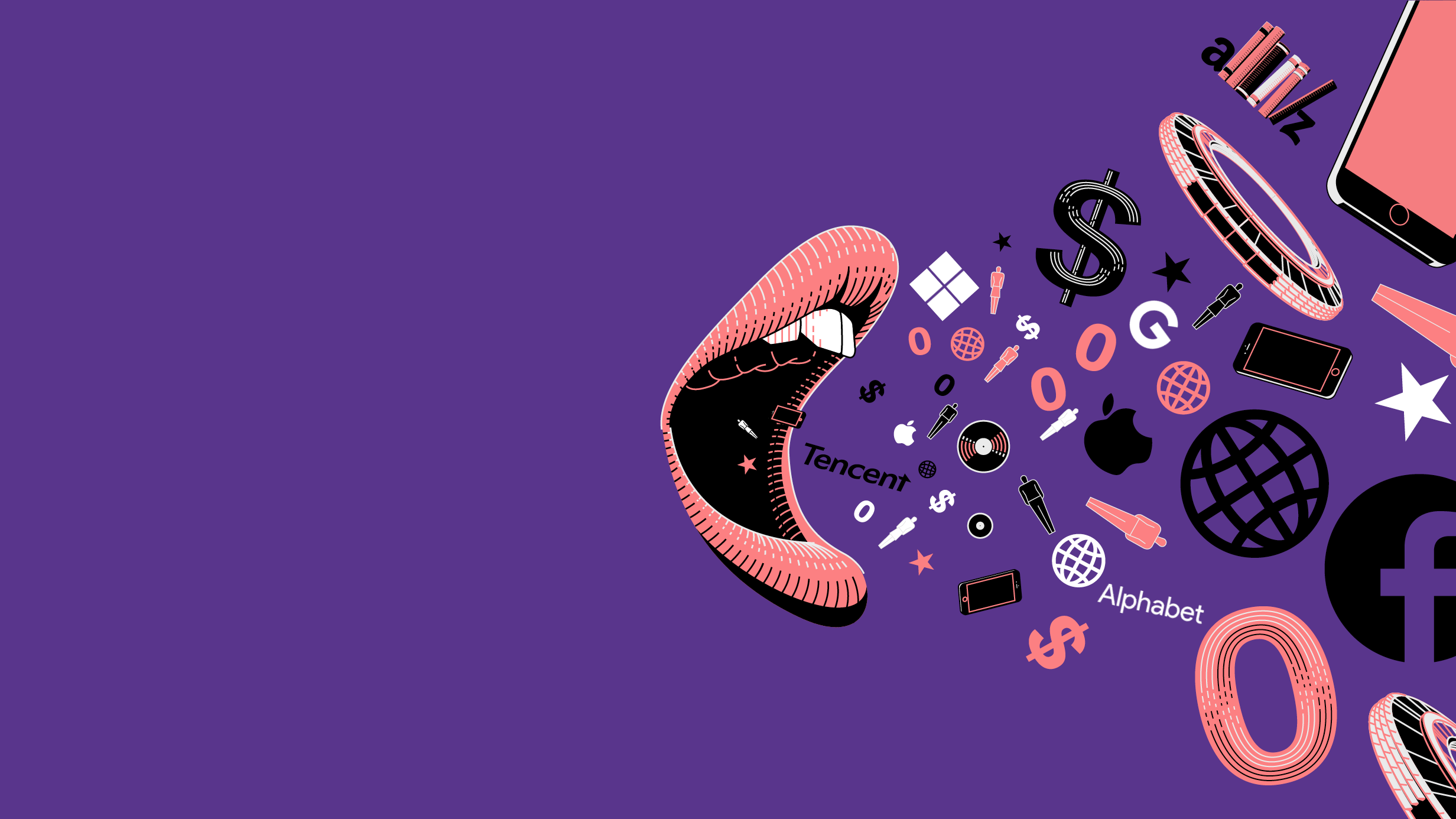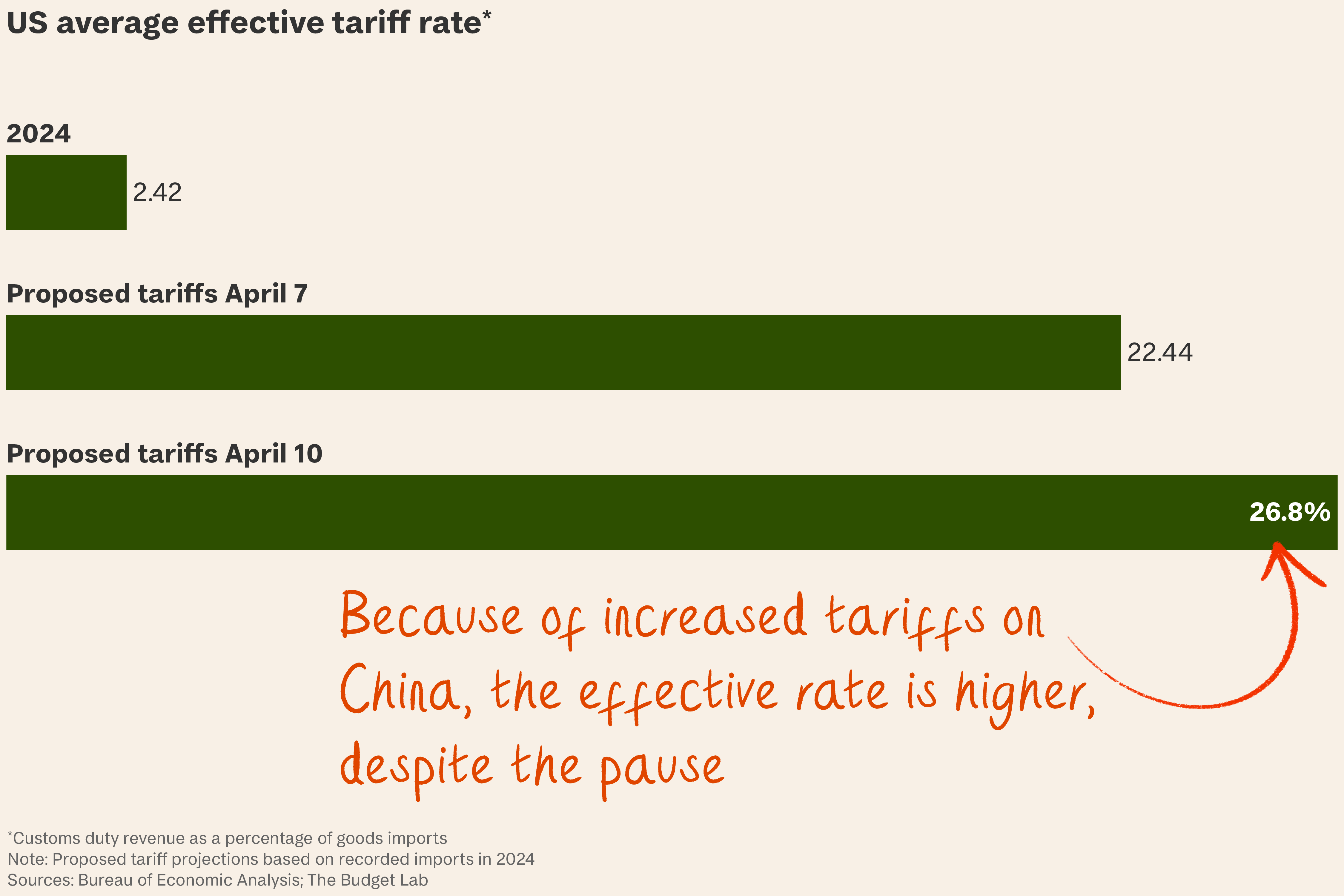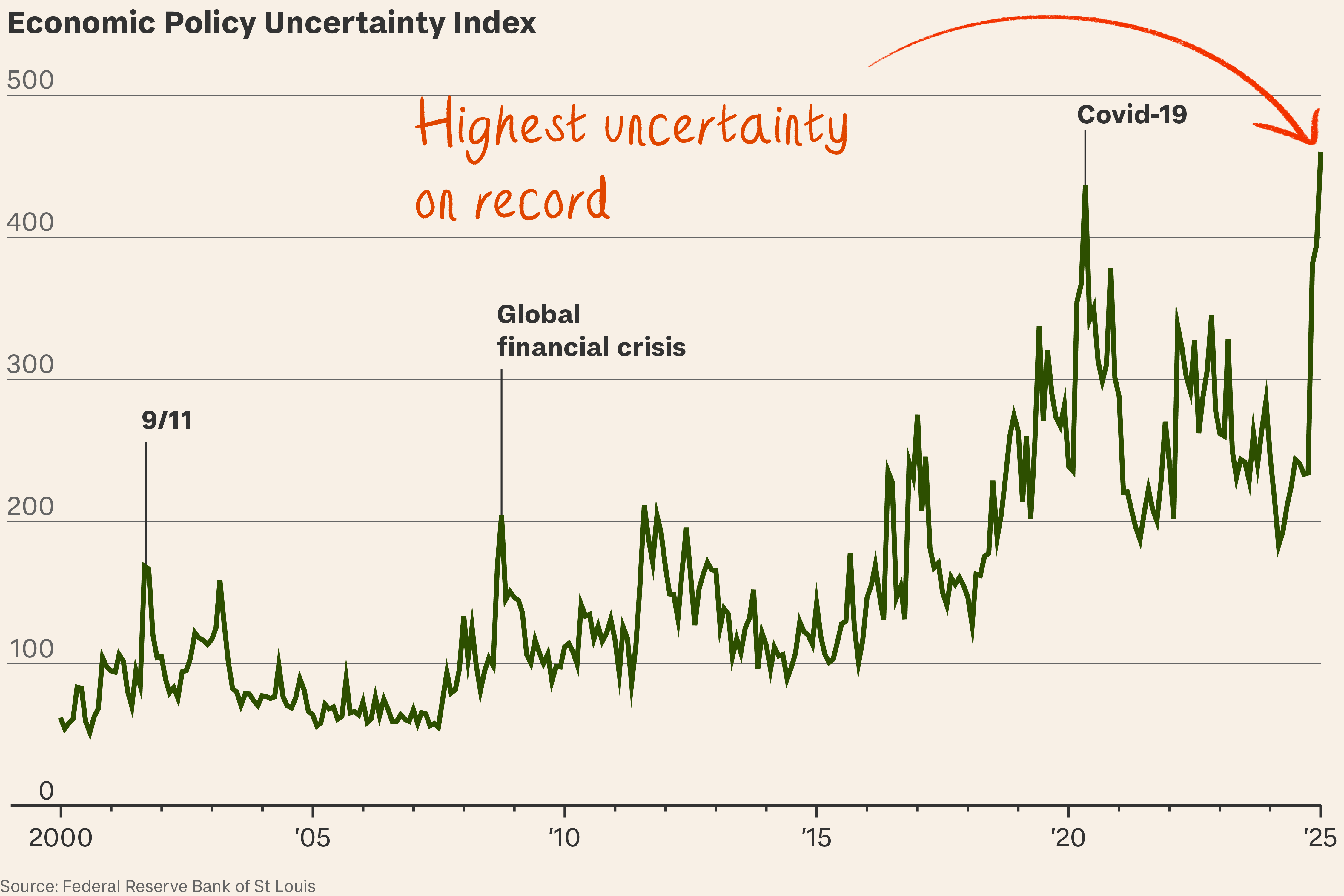
Artificial intelligence could soon be producing news stories. Should journalists fear it or embrace it?
Google is talking to news publishers about an artificial intelligence tool that can produce news stories.
So what? Most journalism will still need humans. But this could accelerate AI rollout in newsrooms and will make the relationship between news publishers and tech platforms (even) more complicated.
In the beginning… The Google product, known internally as Genesis, has reportedly been shown to executives at the New York Times, the Washington Post and News Corp, the owner of the Wall Street Journal. It could possibly:
- gather information about current events;
- write the first draft of a news story, and
- produce related copy such as social media posts.
Jenn Crider, a Google spokeswoman, confirmed to Tortoise that the company was in the “earliest stages” of providing AI-enabled tools to journalists, particularly smaller publishers, which could provide options for headlines or different writing styles.
“Quite simply these tools are not intended to, and cannot, replace the essential role journalists have in reporting, creating, and fact-checking their articles,” she said.
AI in newsrooms isn’t new. Journalists have long been using transcription software powered by AI, while newsrooms have been using the technology to build subscription models and test effective headlines, says Charlie Beckett, who directs a journalism and AI programme at the LSE.
The Associated Press has used AI for years to write earnings reports and sports results; Beckett says Bloomberg also automates some of its financial coverage.
But “generative” models like Google’s chatbot Bard and ChatGPT from OpenAI have opened up the ability for users to create long articles of human-sounding text based on simple prompts.
The case against putting generative AI tools anywhere near a news story includes:
- Accuracy. A chatbot has “no concept of truth [and] no concept of accuracy, let alone any sense of morality or emotion,” says Beckett. It has just “learned to predict the right arrangement of language”. Earlier this year, tech news website CNET published dozens of articles generated by AI – with corrections later issued for more than half of them. An error-filled AI-written story at tech site Gizmodo about Star Wars listed the films in the wrong order.
- Truth. Generative tools can invent information and present it as fact, without sending readers to more authoritative sources. Without careful editing these tools could spread misinformation and damage a news outlet’s credibility.
The case for includes:
- Efficiency. The possibility of speeding up some elements of news reporting and optimising distribution is basically the big promise of artificial intelligence,” says Felix Simon, a communications scholar at the Oxford Internet Institute. A chatbot might not be trusted to write a news story, but it could produce a timeline or headline suggestions.
- Innovation. These tools are “irresistibly brilliant”, Beckett says. Newsrooms could create their own proprietary chatbots with more guardrails. The AP this month agreed to licence its news archive back to 1985 to OpenAI in exchange for access to its technology.
In the end… Newsrooms face as much risk from tech platforms as from generative AI tools. Artificial intelligence chatbots were trained using content taken from news sites without permission or compensation; there are reports that several large publishers are considering legal action.
Publishers are also worried that Google and Microsoft’s search engines could stop sending traffic to news websites and simply answer a user’s query with a chatbot. If that happens – and that’s still a big if, says Simon – it could dramatically reduce traffic to news sites, damaging their remaining advertising business and making it harder to find new subscribers. News organisations will have to make themselves an “irresistible destination”, says Beckett. Perhaps there’s something in slow news.











